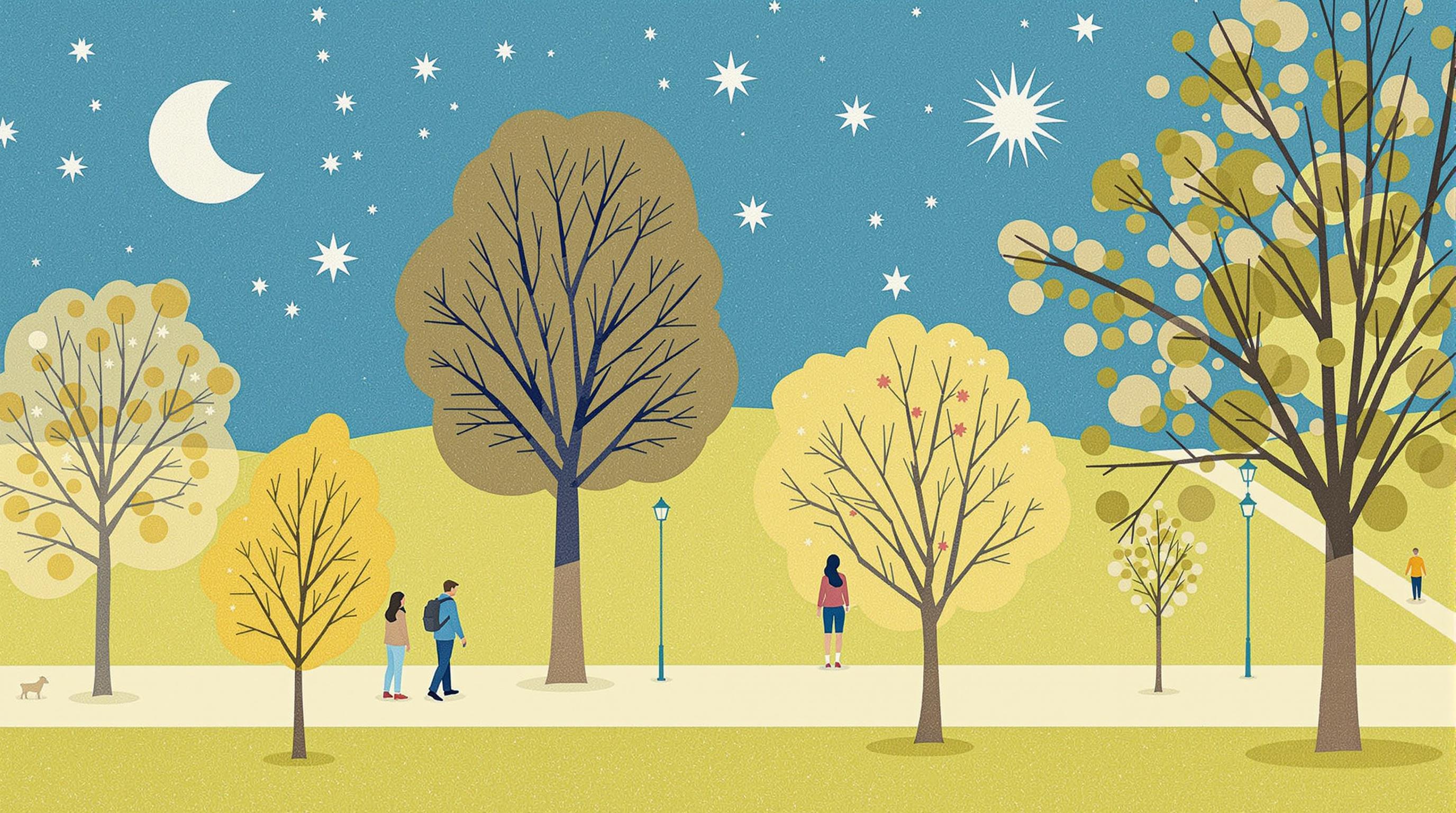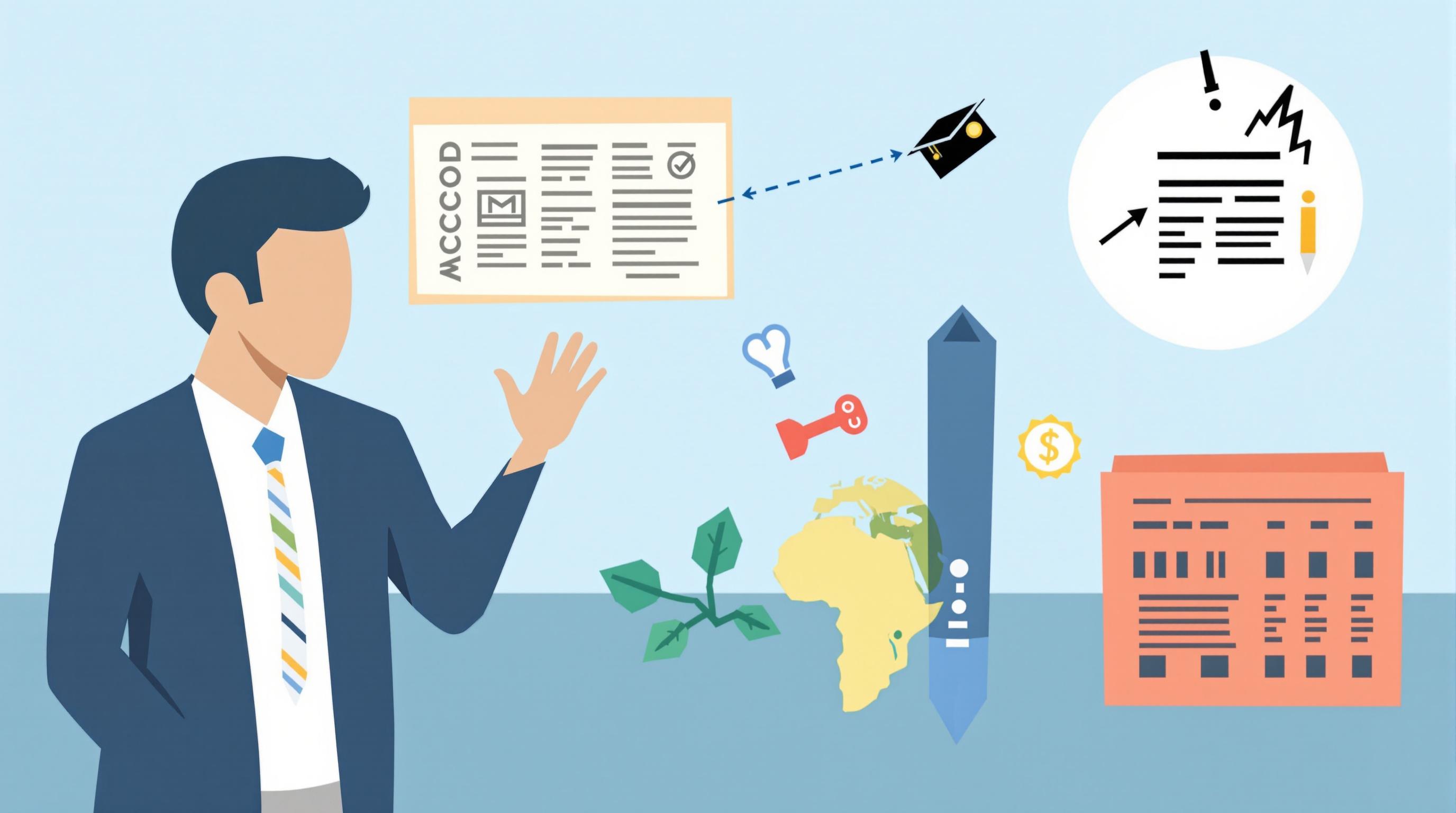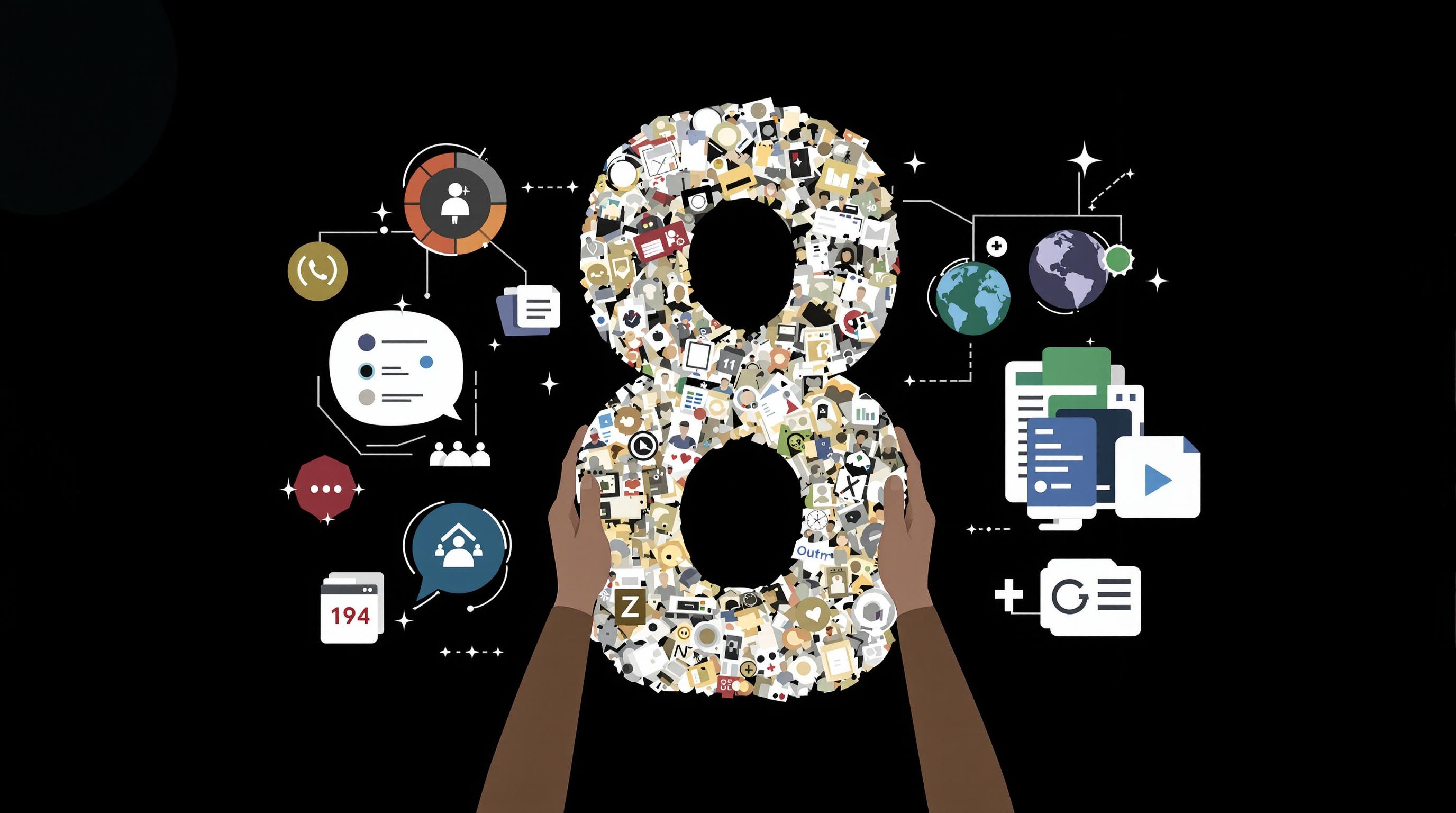Related Articles
- 7 Game-Changing Student Budget Apps Released Since 2019 That Slash College Living Expenses
- The Silent Toll of Campus Health Services: Unpacking the Overlooked Expenses Students Face Beyond Tuition
- Examining Virtual Tour Accessibility Challenges for Neurodiverse and Disabled Students in Higher Education
- The Role of Virtual Campus Visits in Shaping Student Identity and Community Belonging from Afar
- How Procrastination Patterns Shape College Application Outcomes: Analyzing the Role of Timing in Student Decisions
- How Seasonal Patterns Influence Decision-Making Mindsets During Critical College Application Phases
How Seasonal Patterns Influence Decision-Making Mindsets During Critical College Application Phases
How Seasonal Patterns Influence Decision-Making Mindsets During Critical College Application Phases
Seasonal changes profoundly impact how students approach the critical stages of their college applications, altering their mindsets and decision-making processes. This article explores these influences through diverse perspectives, blending research findings, anecdotal evidence, and creative storytelling to provide a comprehensive view.
The Winter Deadline Rush: The Anxiety Surge
It’s late November. With Thanksgiving just behind and winter looming, students across the country are scrambling to submit applications. Winter’s cold, short days aren’t just a physical experience—psychologically, they can induce higher stress levels and anxiety. According to a 2018 study from the Journal of Environmental Psychology, reduced daylight exposure can lead to decreased cognitive flexibility, an essential element for making complex decisions like those involving college choices.
Imagine Jane, a high school senior from Minnesota, sitting by her dimly lit desk, struggling to finalize her personal statement. The pressure of impending deadlines combined with the seasonal affective disorder symptoms she experiences makes her decision-making more challenging.
Spring's Renewal and Reflective Thinking
In contrast, spring offers a different cognitive landscape. The increase in daylight boosts serotonin levels, which are linked to improved mood and enhanced executive function. Students tend to approach their applications with more optimism and creativity during this period. A survey by the National Association for College Admission Counseling found that 65% of applicants who completed early decision applications in the spring reported feeling more confident about their submissions than those in colder months.
Storytelling: Facing Fall’s Frenzy
Let’s rewind to early October. Michael, a 17-year-old from Virginia, is feeling excited and ambitious as the leaves turn amber. The vibrant autumn environment mirrors his energized mindset. His decisions about which colleges to target are bold and sometimes impulsive. Fall’s invigorating atmosphere can boost risk-taking, which is crucial when deciding whether to apply to reach schools. But as the days darken, that initial enthusiasm often fades into cautious conservatism.
Summer: The Double-Edged Sword of Decision Procrastination
Oddly, summer—a time many think of as leisurely—can be problematic. The lack of structured schedule and the distraction of vacations often lead students to procrastinate. According to a 2020 survey by CollegeBoard, nearly 40% of applicants admitted to starting their essays later than planned due to summer distractions, which can cause rushed decisions and regrets.
However, summer also provides valuable time for reflection. Those who use this period wisely report higher satisfaction with their final college choices, demonstrating the importance of seasonally tailored time management strategies.
Conversational Tone: The Mindset on Application Day
“I remember feeling this weird mix of dread and excitement,” shares 18-year-old college freshman Olivia. “Submitting my last application in January was surreal—like the cold outside matched the pressure inside.” Olivia’s reflection highlights the connection between external weather and internal psychological states, reminding us decision-making isn’t done in isolation but influenced by our broader environment.
Humorous Interlude: The Seasonal Schrödinger’s Application
Ever notice how your college application seems both urgent and optional depending on the season? Fall says, “You gotta do this NOW!” but summer’s like, “Eh, maybe tomorrow?” It’s as if your application is a Schrödinger’s cat, simultaneously deadlined and deadline-free until you choose to look at it. This seasonal paradox can wreak havoc on time management and mental peace.
Case Study: Psychological Effects of Seasonal Patterns on Decision-Making
Researchers at Stanford University conducted a longitudinal study following 200 high school seniors through their application cycles. They discovered a pattern: students assessed during winter periods displayed more conservative college choices, opting for safeties, whereas those surveyed in spring and fall were more diverse and ambitious in their selections. These findings indicate that seasonal affects don’t just impact mood but concrete application outcomes.
Formal Perspectives: The Neurobiological Underpinnings
Neuroscientific research links seasonal light exposure to fluctuations in melatonin and cortisol, hormones that regulate mood and stress. Lower light and colder temperatures can elevate cortisol levels, leading to increased feelings of stress and risk aversion. Such biologically driven responses suggest that universities' rolling admissions or early decision deadlines might unintentionally capitalize on these seasonal tendencies.
Practical Advice: Harnessing Seasons to Optimize College Applications
To make the most of the seasons, students should:
- Start Early in Summer: Avoid procrastination by creating a structured schedule that prevents last-minute panic.
- Use Fall's Energy: Leverage autumn’s motivation for ambitious early applications.
- Recognize Winter Challenges: Incorporate mental health practices and breaks to combat reduced cognitive flexibility.
- Spring for Reflection: Use longer daylight for final edits and thoughtful decisions.
Ageing Writer’s Reflection: Wisdom From 63 Years
Approaching the college application process from the vantage of a 63-year-old educator, I’ve seen countless students wrestle with timing and mindset. The season shapes not just their choices but their confidence. Young applicants between 16 and 18 years old, in particular, benefit from adults guiding them through these emotionally charged seasonal shifts. Understanding that the clock and the calendar jointly influence decisions can make all the difference.
Statistical Snapshot: Decision-Making and Seasonal Mood Disorders
According to the American Psychiatric Association, about 5% of Americans experience seasonal affective disorder (SAD), with higher prevalence in northern latitudes. Among high school seniors applying to colleges, those suffering from SAD reported delayed submissions and second-guessing their choices more frequently (Journal of Adolescent Health, 2019). This data underlines the tangible impact of seasons on crucial life milestones.
Closing Thoughts: The Seasons as Silent Partners in Our Journey
While college applications are fundamentally personal and academic, the seasons quietly shape the emotional and cognitive backdrop against which decisions unfold. By becoming aware of these seasonal influences, students, parents, and educators can better navigate this pivotal phase in life—turning potential obstacles into strategic advantages.




